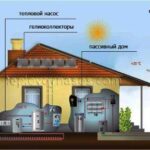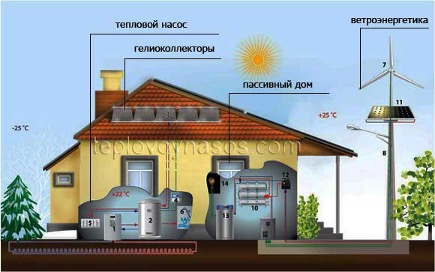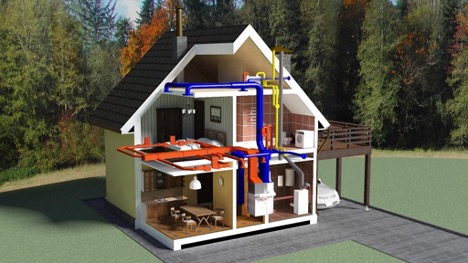Specific consumption of thermal energy for heating a building: how to calculate
Specific thermal energy consumption is an important indicator that helps assess the efficiency of a building's heating system. This indicator is expressed as the amount of thermal energy required to maintain a comfortable temperature in a room per unit area over a certain period of time.
Correct calculation of this indicator allows not only to determine the building's thermal energy needs, but also helps to optimize heating costs. The calculation uses data on the area of the building, the climatic conditions of the region, the characteristics of the fuel used and the efficiency of the heating system.
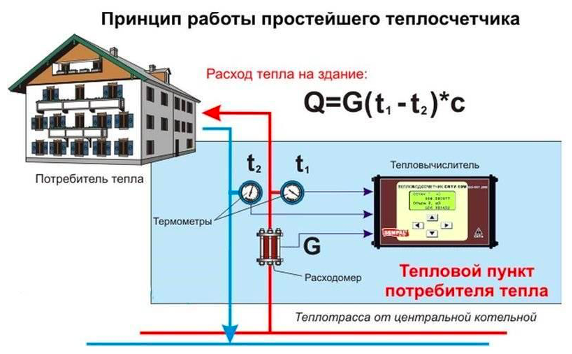
The content of the article
Calculation of specific heat energy consumption for heating
To accurately calculate the specific heat energy consumption for heating a building, it is necessary to take into account a number of factors. These factors include heat loss through the building envelope, the efficiency of the heating system, and the climatic conditions of the region.
The key element is to determine the total amount of thermal energy required for heating. This value is obtained by multiplying the total area of the building by the standard heat load indicator, which depends on climatic conditions and the quality of the building’s thermal insulation.
What do errors in calculations lead to?
Errors in calculating the specific consumption of thermal energy for heating a building can lead to a number of negative consequences that affect both the efficiency of the heating system and the economic side of its operation:
- Incorrect calculation can lead to excessive consumption of thermal energy, which not only increases heating costs, but also leads to unjustified use of energy resources.
- Errors in calculating specific consumption can lead to a significant increase in heating costs. This is especially true for large buildings and facilities with high energy consumption.
- On the other hand, underestimating the need for thermal energy can lead to insufficient heating of the premises, which creates discomfort for building users and can negatively affect the condition of the building itself (for example, high humidity, mold).
- Incorrect calculations can lead to excessive load on heating equipment, which accelerates its wear and reduces its service life.
- Excessive energy consumption not only increases costs, but also contributes to increased emissions of carbon dioxide and other harmful substances, which negatively affects the environment.
Thus, the accuracy of calculations of specific thermal energy consumption for heating is critical for both economic efficiency and environmental safety of building operation.
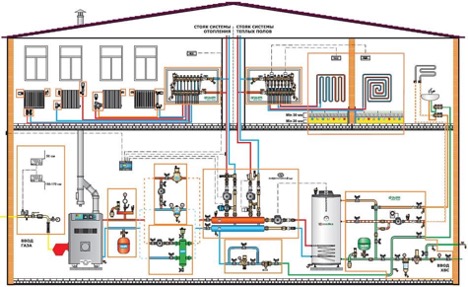
Practical calculation of specific heat energy consumption for heating a building
To calculate the specific consumption of thermal energy for heating a building, you can use the following methodology:
- Determination of the total area of the building. The entire heated area of the facility is taken into account here.
- The heat load is calculated based on standards that take into account the climate of the region and the quality of insulation.
- Calculation of the total thermal energy consumption is the multiplication of the thermal load by the total area of the building.
- It is important to consider the efficiency of the boiler and other elements of the heating system.
- Dividing the total thermal energy consumption by the total area of the building gives the desired specific consumption indicator.
These steps will help you accurately calculate the specific heat energy consumption for heating, which is a key factor when planning a future comfortable life.

